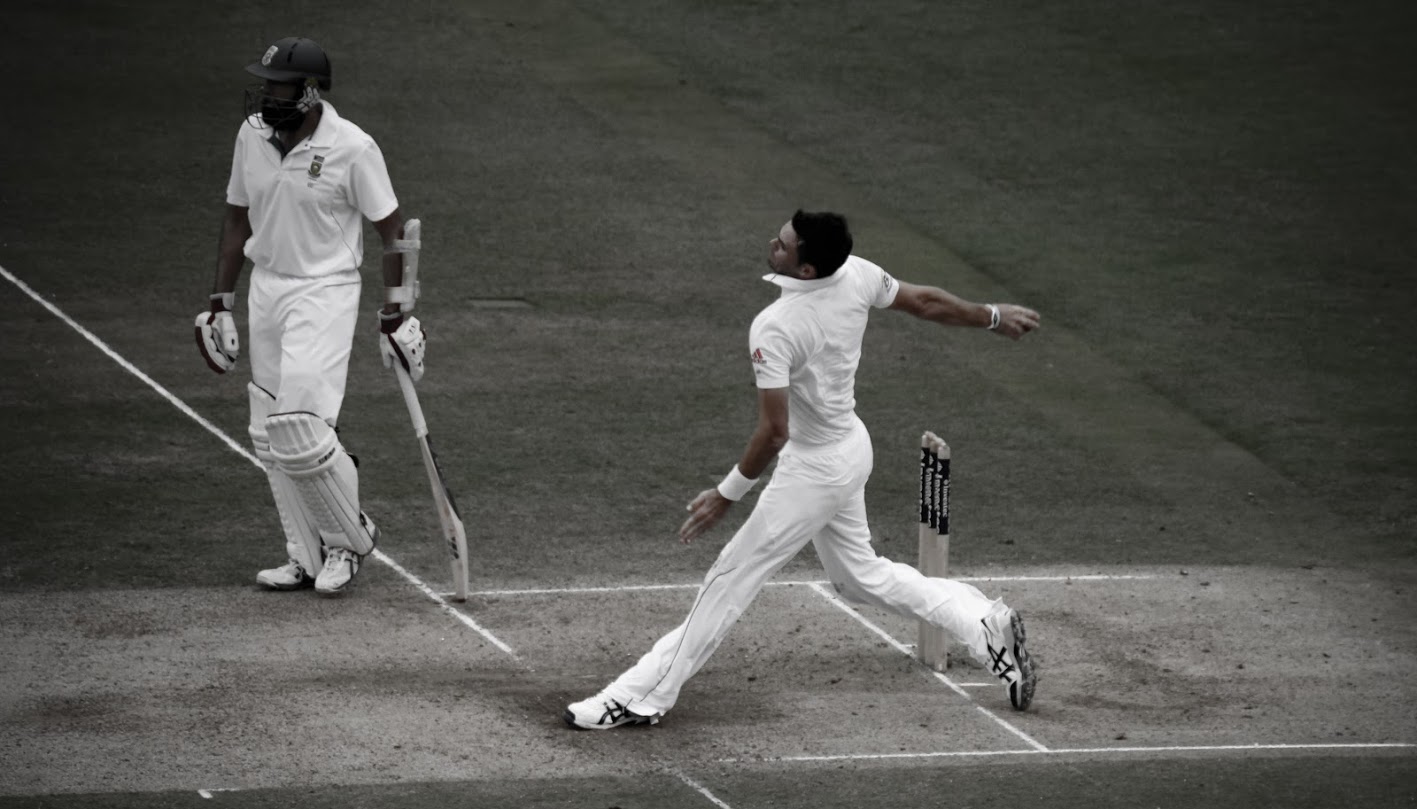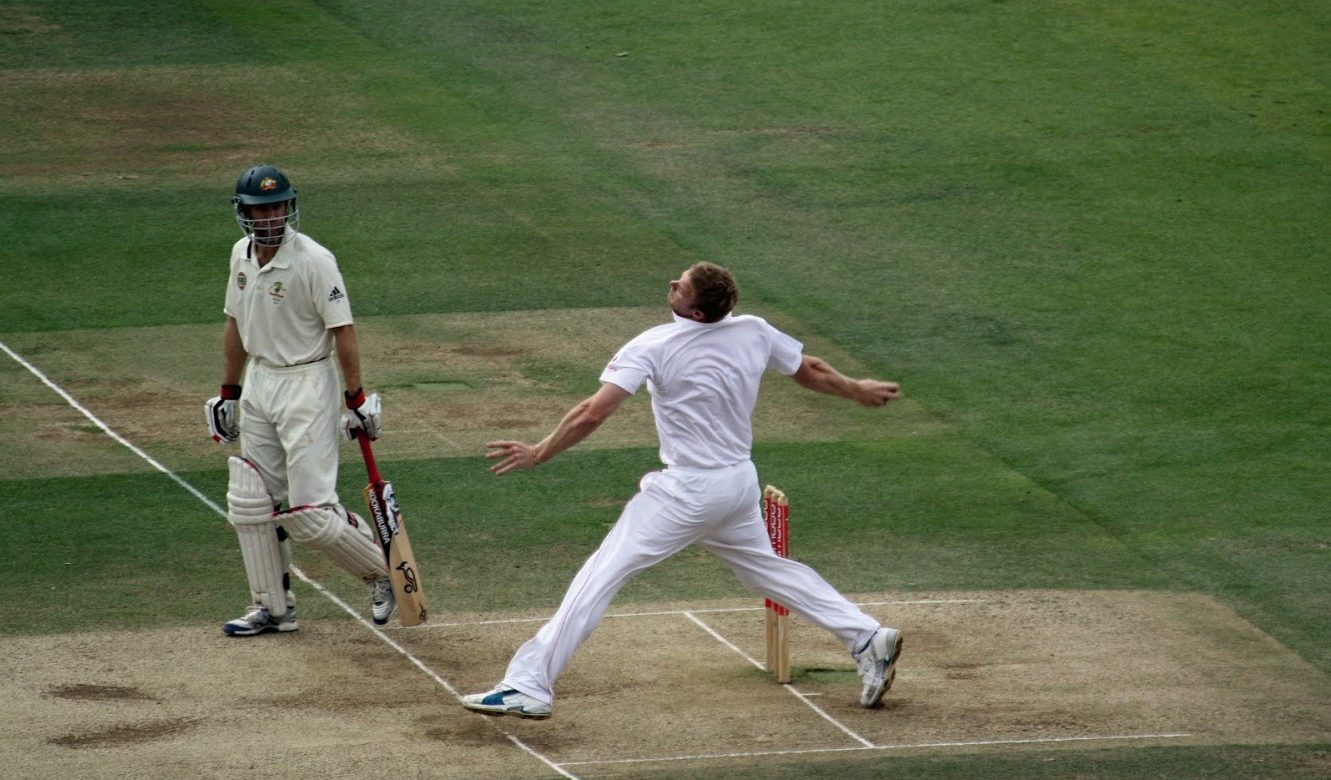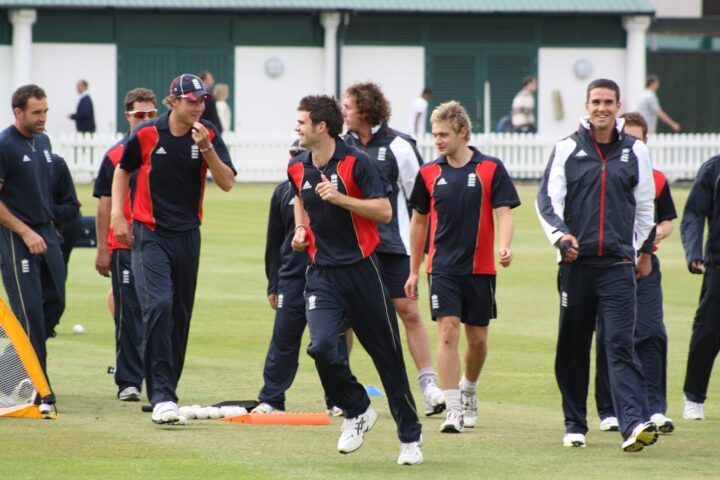Looking back now, from our luxurious position as Ashes holders, the 1990s were a miserable decade for the England team. But if you look more closely through the scorecards – and remove from the equation any match against Australia – you’ll notice that we were often a much more competitive side than people realised. A striking example was the 1995 home series against West Indies – and especially, our stirring performance in the second test at Lord’s.
In those days the Windies were still world champions – just about – and in this match fielded a none too shabby line-up which included Walsh and Ambrose, Ian Bishop, Brian Lara, Richie Richardson and Carl Hooper. And after they thrashed us by nine wickets in the first test at Headingley, few would have bet heavily against them coasting the series. But even though St John’s Wood usually brings out the worst in English sides, this was one of those breathless, nip and tuck, contests in which Mike Atherton’s team specialised.
To my mind, low scoring test matches are way more exciting than run fests, and Lord’s 1995 was a case in point. It witnessed more fluctuations tham a Nick Clegg policy, more twists and turns than the judging panel of X Factor US. After winning the toss and electing to bat we made only 283, featuring half centuries by Robin Smith and Graham Thorpe. Our total would have been ever lower without an eighth wicket stand of 50 between debutant Dominic Cork and Peter Martin (who, I now realise, was Matthew Hoggard’s spiritual forebear). Angus Fraser’s 5-66 (his victims including Lara for just 6) then helped restricted the vistors to 324, but they still gained a handy lead of 41.
At 52-2, and Thorpe in hospital after being struck on the head by a Courtney Walsh beamer, our prospects looked bleak – only for Robin Smith to produce what was probably his final match-winning test innings. His painfully gritty 90 encompassed 224 balls and partnerships of 98 with Graeme Hick and 85 with the returning Thorpe. 20s from both Gough and Cork enabled us to reach an eventual 336, and set a target of 296. As Wisden describes it, Brian Lara then “tore into the bowling”, and at 99-1, the match was seemingly in his pocket. But then came the dismissal which turned the match; Gough had Lara brilliantly caught by wicket-keeper Alec Stewart, diving yards to his left. Sherwin Campbell hung around five hours for his 93, but no other batsman passed 14 – principally due to Cork’s heroic swing bowling from the Nursery End. His figures of 7-43 were the best ever by an England bowler on debut – and he’d also scored 53 runs.
In the end West Indies were all out for 223 and we won by 72 runs to level the series. You can see the full scorecard here. Cork never quite went on to achieve the legendary status his spectacular debut promised, but he still had some more fireworks up his sleeve for later in the rubber: his hat-trick in the Old Trafford test helped clinch victory and again levelled the series at 2-2, which it remained after the final match at the Oval ended in stalemate. We’d drawn creditably against the world champions. See – we weren’t that bad then, were we?
Maxie Allen










I agree, we weren’t that bad back then. The problem is that the opposition was a lot lot better. My theory is that England haven’t improved much in recent years, it’s just that other teams no longer possess the strength of yesteryear. Windies (Ambrose/Walsh – now Roach/Sammy), Australia (McGrath/Warne now Johnson/Hauritz), Pakistan (Wasim/Waqar now Riaz/Gul) even the South Africas, who now have Steyn/Morkel, aren’t as good as they were. I’d rather face the modern combo than Donald/Pollock!!! The only country with a better team in this modern era is India.
A persuasive argument. One could certainly argue that the current England top 6 are no better than the 6 playing in 1995’s 2nd Test, and explain their better averages by reference to Zimbabwe/Bangladesh and the generally weaker test attacks.
Swann (our first world class spinner since Underwood?) must also come into the equation however.
J
PS: The most surprising thing for me in the above artical was the Liberal Democrat-supporting MHA’s critical reference to the Deputy Prime Minister!
Tarquin, I reckon the critical reference to Clegg was because of, not despite, our good friend’s political allegiances! Am I right MHA?
We’re going a bit off topic here! On reflection, it was a rather cheap remark, but I was searching for a simile…
Yep, remember this one, it was a cracker. Still think Cork was discarded too early by England – 131 Test wickets at an average of under 30 (better than three of the “Fab Four” of 2005 fame) and he was quite handy with the bat too, Guess he suffered like many all-rounders in the 80s/90s from being branded with the “new Botham” tag and not living up to it.
My greatest memory of that season was (perhaps as usual) at the Old Trafford test and was certainly Dominic Cork’s most memorable event.
At the time I worked with someone from Derbyshire. He wasn’t the world’s biggest cricket fan but generally knew what was going on and he was constantly telling ANYONE who would listen, and most others too who may have had little or no interest, what a great player Cork was. I had 5 day tickets for the game but my colleague had decided to join me for the Saturday’s play.
The day started with Cork bowling the first over and John still nowhere to be seen.
By the end of the first over Cork had taken a hat-trick and his biggest fan was nowhere to be seen. He arrived twenty minutes or so later having missed what to him must have been the greatest ever event in test cricket.
its nostalgic mate…